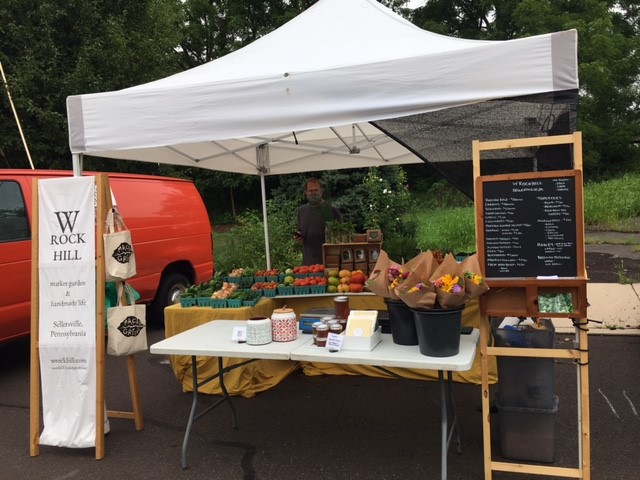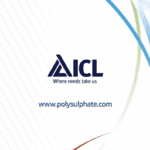
Feb 6, 2025Farmers market sales strategies to boost your success
In my great-grandfather’s diary of his farming activities, most Saturday entries read “in market.” One can imagine what it took in the late 1800s to prepare for market day. Today, while travel is easier, growers still need strong farmers market sales strategies to succeed. Winter remains the ideal season to plan for both growing and selling.
Market patrons expect products that are clean, high-quality, clearly priced and attractively displayed. By sharpening your approach, you can increase your bottom line and create a rewarding “in market” experience.
Signage matters
Clean, colorful and consistent signage makes shopping easier for customers. Customers do not want to ask you the price of your produce. They are already trying to step outside their shopping routine to come to the market and purchase something. Don’t make them work any harder than they have to.
Strong signage should feature:
- Clear handwriting
- Item name
- Price
- What makes the product unique (heirloom variety, flavor, heat level, etc.)
Whiteboard or chalkboards work well to highlight seasonal specials.
Professional canopy and setup
A good-quality canopy signals professionalism and should always be used — even on pleasant days. It serves as your “store,” protecting both you and your products while keeping produce cool and clean. Customers equate a neat canopy with quality.
Displays draw customers in
Rule number one: never put products on the ground. No one wishes to purchase food that sits on the ground, even if it’s in lugs or boxes. Display products at knee- to shoulder-height to make them inviting.

Plan your booth layout to guide customer flow. For example, if you have a 10-by-20 foot space, you may want the register at one end and the entrance at the opposite end, so customers pass by every product. Place staple crops like sweet corn, tomatoes and potatoes up front, with impulse items closer to checkout.
Always keep displays looking full. If stock runs low, transfer remaining produce into smaller containers to maintain a fresh, abundant appearance.
Tell your farm story
One of the biggest farmers market sales strategies is telling your story. Consumers increasingly want to know where their food comes form and who grows it. Share your identity with:
- Framed photos of your farm
- A logo across signage and farm signs
- Brochures about your farm and practices
- Copies of media articles featuring your operation
More and more consumers want to know where their food is coming from and the people who grow it.
Secure permits early
Finally, ensure you have all required permits. Depending on what you sell, you may need approval from local, county, or state health departments. Preparing permits in advance prevents delays and missed sales.
“Prepared for market” was often my great-grandfather’s Friday entry. With careful planning and proven farmers market sale strategies, today’s growers can make market day even more rewarding.

— Brian Moyer is an educational program associate with Penn State Extension. As founder of PA Farm Markets LLC and founder and manager of the Skippack Farmers Market, Moyer specializes in assisting farmers markets, retail farm markets, direct-to-consumer sales, and new and beginning farmers with marketing, business and regulatory issues.
















